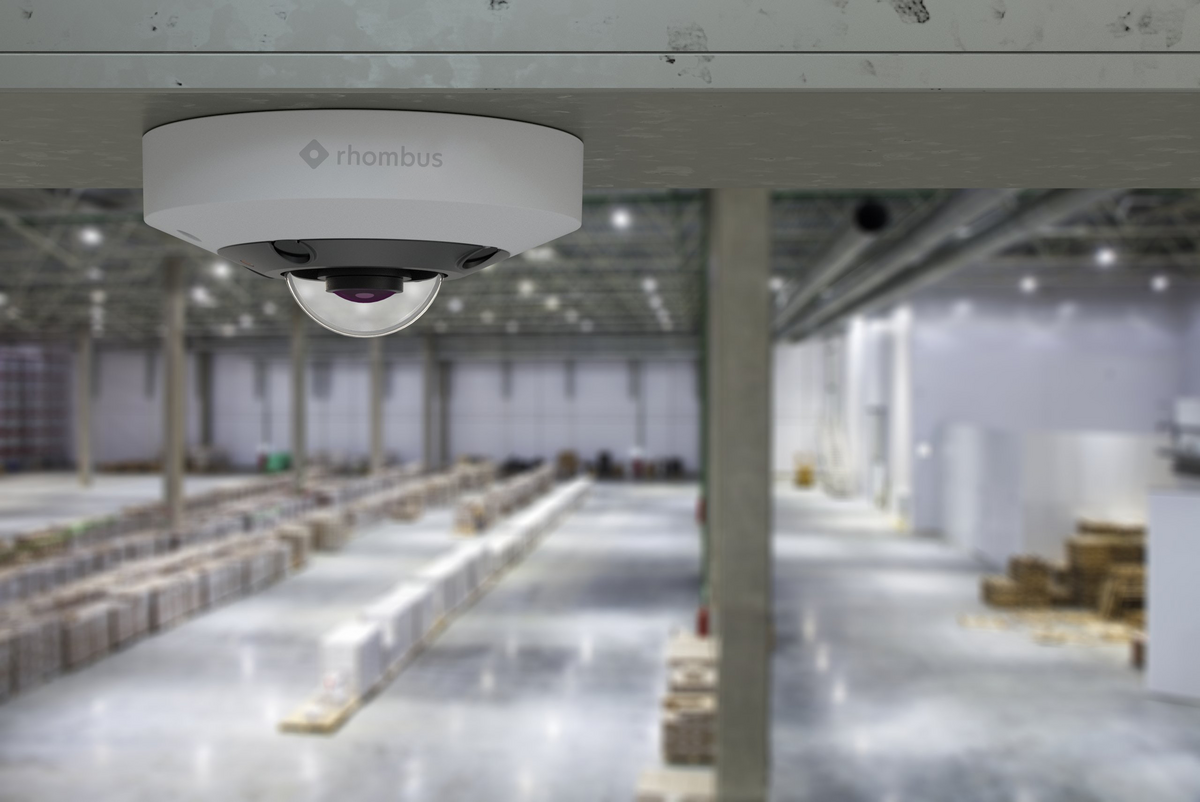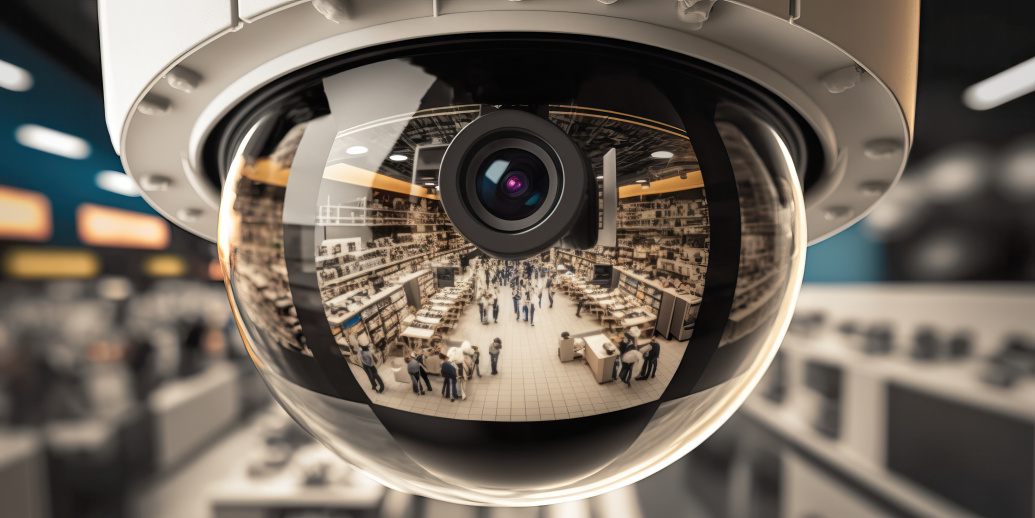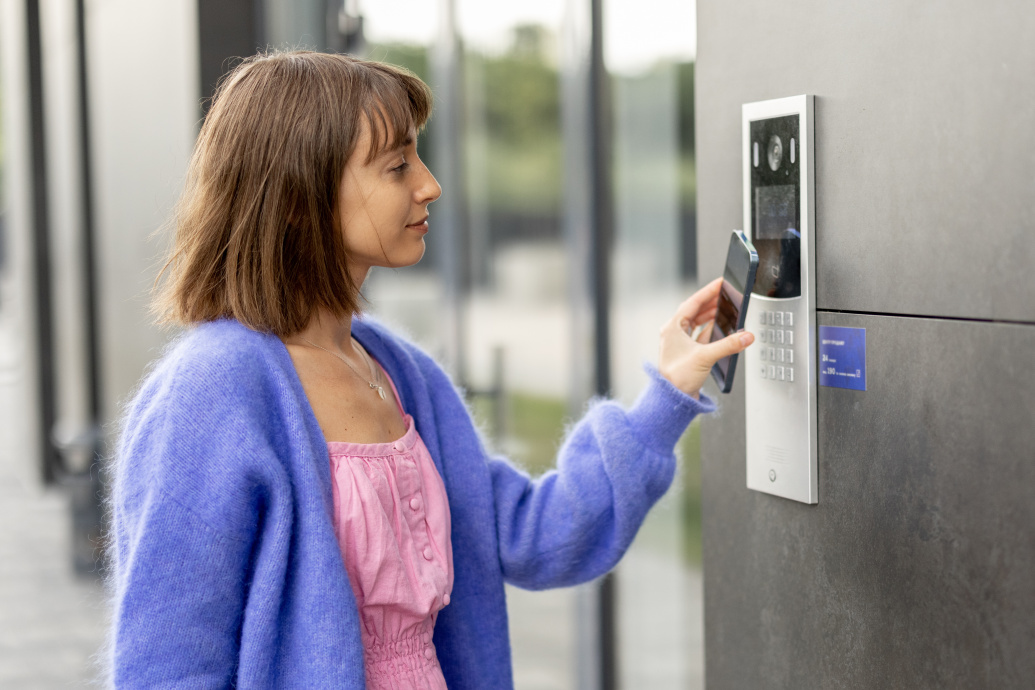Why Every Business Needs Access Control and Video Surveillance
Understanding Access Control and Video Surveillance: Why Every Business Needs Them

Understanding Access Control and Video Surveillance:
Why Every Business Needs Them
Imagine walking into an office building where you’re asked to swipe a keycard at the door. Or consider a local café with a discreet security camera watching the counter. These are everyday examples of access control (covering door entry systems and digital access management) and video surveillance (like CCTV and surveillance cameras) at work. They might seem like standard parts of modern life, but these solutions are crucial for businesses of all sizes and verticals to stay secure, protect assets, and provide peace of mind.
In this blog post, we’ll discuss what access control and video surveillance really are, why they matter, and how they benefit organizations from large enterprises to small shops. We’ll also explore how they’re installed, how they operate (on-premise or cloud-based), and some unexpected perks like reducing liability.
What Are Access Control and Video Surveillance?
Access Control
Access control is any system or process that decides who can enter a facility, room, or restricted digital resource. When you swipe a keycard at your office or use a smartphone app to unlock a door, you’re using access control. Common methods include card-based readers, biometric scanners, key fob systems, and even mobile credentials.
- On-Premise Access Control: Traditional setups often store user data and access logs on local servers or a dedicated control panel. This can be appealing if you need total oversight, have strict compliance requirements, or want to avoid monthly service fees.
- Cloud-Based Access Control: Modern solutions push the “brain” of the system online, allowing administrators to manage permissions remotely via a web dashboard. This can simplify updates, reduce hardware costs, and let you monitor access from anywhere.
Video Surveillance
Video surveillance (often referred to as CCTV) relies on cameras to monitor a space and record activity. Whether it’s a single camera at a corner store or a network of surveillance cameras across multiple floors, video surveillance captures real-time footage to deter crime or document events.
- On-Premise Video Surveillance: Systems like DVRs (Digital Video Recorders) or NVRs (Network Video Recorders) store footage locally. This offers direct control over your recordings but can require significant hardware and maintenance.
- Cloud-Based Video Surveillance: Instead of storing data onsite, footage is uploaded to a remote server. You can then view it from any internet-connected device. Cloud solutions often include automatic software updates and robust storage options.
At their core, access control focuses on who gets in, while video surveillance tracks what happens inside (or outside) your property. According to MarketsandMarkets, the global access control market was worth about $8.6 billion in 2020, projected to hit $12.8 billion by 2025 (MarketsandMarkets, 2020). Meanwhile, the video surveillance market reached roughly $42.9 billion in 2019 and may climb to $74.6 billion by 2025 (Statista, 2020). It’s clear these technologies are on the rise.
Why Do Businesses Need Them?
A lock on the front door isn’t always enough. In today’s world, organizations handle sensitive data, deal with higher customer expectations, and face evolving threats. Access control and video surveillance can:
- Keep Out Intruders: You decide who can enter, reducing risks of theft, vandalism, or unauthorized access.
- Create a Safer Environment: Cameras and access logs deter dishonest behavior and reassure employees, customers, and visitors.
- Maintain Records: An access control log shows if someone was in a restricted area. Video footage can back that up if you need clear evidence of an incident.
Studies show that visible security cameras can cut crime by up to 51% in certain areas (University of North Carolina, 2013). That’s a big impact for almost any business concerned with losses or liability.
Why They’re Valuable for Midmarket and Enterprise Companies
Larger organizations often have multiple departments and buildings, plus a constant stream of staff and visitors. That’s where access control is especially handy. Instead of relying on human memory or manual badges, you can automate access permissions. This boosts efficiency and reduces the chance of mistakes.
Video surveillance also helps big companies oversee broad campuses. In a single control room, security personnel can watch live feeds from different branches. If something looks off, they can respond quickly. According to the FBI, over 1 million burglaries hit U.S. businesses annually (FBI, 2020). Preventing even one break-in at a major site can save massive costs and keep a company’s reputation intact.
Enterprise-level systems often integrate with HR databases, so if an employee is removed from payroll, their access control credentials automatically deactivate. Some setups also use analytics or AI to detect unusual activities on camera feeds—handy for catching threats before they escalate.
Why They’re Valuable to SMBs and Smaller Businesses
Small and midsize businesses might assume they’re less of a target, but a single theft or break-in can be devastating. Thankfully, video surveillance and access control have become more affordable. You can even start with just one door or a couple of cameras and expand later.
Even smaller organizations can choose between on-premise or cloud-based setups based on their budget and IT expertise. If you have a reliable internet connection and limited space, cloud storage might be a great fit, offering automatic updates and less hardware to manage. Meanwhile, those requiring complete offline control or operating in remote locations might prefer on-premise solutions for uninterrupted surveillance capabilities.
For a small shop, a cloud-based camera system means you don’t need to host servers onsite. If you run a coworking space, you can issue mobile keycards or PIN codes to members, tracking each entry and exit. That flexibility is huge when you frequently switch or add new tenants. Over time, just one prevented theft or liability claim can justify the cost.
Why They’re Becoming a Must in Today’s Modern World
A 2021 survey showed 75% of consumers feel safer in stores that openly display surveillance cameras (Security Today, 2021). Clearly, public sentiment is shifting toward expecting modern security measures. At the same time, advanced crimes, from cyberattacks to complex burglary rings, are on the rise.
Combining access control with cybersecurity is another trend. If an employee can’t log onto critical networks without proper identification, the same principle can apply to physical entry. This unified approach closes gaps criminals might exploit. And with more organizations using cloud-based tools, controlling who enters your premises—or who can see sensitive info—has never been more essential.
How They Work and What an Installation Might Look Like
Access Control
- Credentials: A card, code, or biometric data identifies the user.
- Reader: Reads the credential, like a card-based reader or smartphone app, and checks permissions.
- Controller/Software: Approves or denies entry. This might be on a local server or managed via a cloud-based dashboard.
- Lock Mechanism: Engages or releases the lock (often smart locks or electronic strikes).
Installation could mean replacing standard locks with electronic alternatives, setting up readers, and configuring software. An ASIS International study found that properly deployed access control lowers unauthorized entries by up to 70% (ASIS International, 2020).
Video Surveillance
- Camera Placement: Identify priority spots: entrances, exits, high-value areas. Visible security cameras deter crime; hidden ones capture discreet activity.
- Recording System: Choose on-premise (like DVR/NVR) or cloud-based. Each has pros and cons. On-premise might offer more direct control, while cloud systems simplify maintenance and remote access.
- Monitoring: Security staff or business owners can watch live streams or receive alerts for suspicious movements.
- Storage: Footage can be kept locally or in the cloud. Larger firms might store weeks of video, while smaller ones only keep a few days.
Many solutions include remote viewing via smartphone apps, letting you check in on your property anytime. Owners often find that early detection through alerts can prevent a minor incident from becoming a major headache.
Other Benefits: Reducing Liability and More
Securing your property isn’t the only perk of access control and video surveillance:
- Liability Protection: Video evidence can clarify whether an accident was due to negligence or sheer bad luck, aiding legal or insurance claims.
- Employee Accountability: When security cameras are present, policy violations or misconduct can drop. Plus, access control logs help pinpoint who entered restricted areas.
- Visitor Management: Issue temporary badges or PINs to guests, vendors, or contractors. This ensures they only access what they need, crucial for confidentiality and safety.
- Operational Insights: Some businesses use video surveillance analytics to see where customers linger, improving store layouts or staffing.
- Cost Savings: Insurers may offer reduced premiums for robust physical security measures. Preventing one major theft or vandalism can offset your investment.
Conclusion: Security as a Priority
From large corporations overseeing multiple buildings to local boutiques trying to protect inventory, access control and video surveillance empower businesses to tackle security challenges head-on. They’re more than equipment; they’re a layer of trust, safety, and modern professionalism.
With rising threats and customer expectations, these systems are fast becoming standard. In fact, as technology advances, we’ll see deeper integrations between access control, cybersecurity, and other cloud-based solutions. Being prepared is crucial to prevent surprises that could damage finances or reputation.
If you’ve been on the fence, now’s the time to explore your options. Whether you opt for traditional on-premise setups or a flexible cloud-based approach, you can scale these tools to your business size and needs. Once installed, you’ll wonder how you ever got by without the confidence that strong security brings.
Sources:
- ASIS International. (2020). Business Security Trends and Analysis Report.
- FBI. (2020). Crime in the United States.
- MarketsandMarkets. (2020). Access Control Market by Component (Hardware (Card-Based Readers, Biometric Readers, Electronic Locks), Software, and Services), ACaaS, Vertical, and Region - Global Forecast to 2025.
- Security Today. (2021). Consumer Attitudes Toward Retail Security Measures Survey.
- Statista. (2020). Global Video Surveillance Market Size.
- University of North Carolina. (2013). Study on the Effectiveness of Surveillance Cameras in Reducing Crime.



